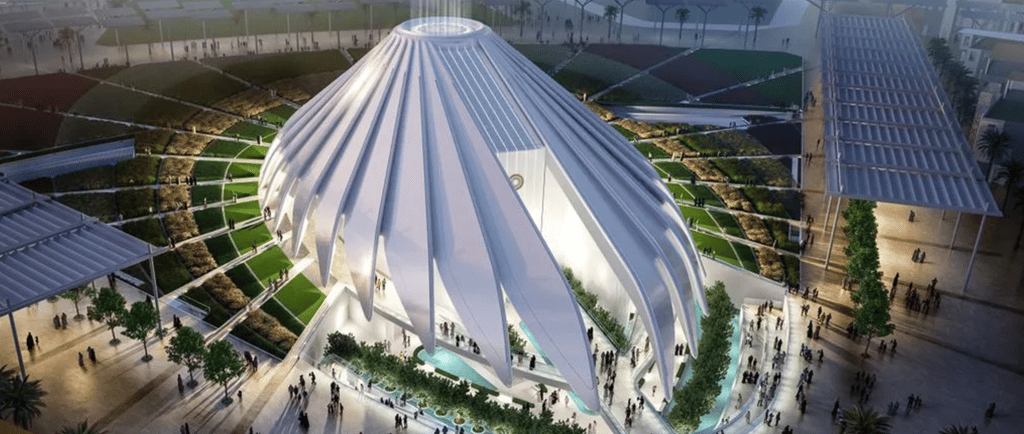Indoor Environmental Quality Around the World: The UAE’s Leadership in Green Building and Wellness Design
4/2/20253 min read


Few countries have embraced the nexus of sustainability, technology, and architectural innovation like the United Arab Emirates. Known globally for its futuristic skylines and record-breaking structures, the UAE is now setting a new benchmark in Indoor Environmental Quality (IEQ) as it reshapes the relationship between built environments and occupant well-being. Through national policy, ambitious real estate leadership, and world-first sustainable megaprojects, the UAE is forging a path toward healthier, climate-responsive buildings that prioritize human comfort alongside energy performance.
The Rise of Green Building in the UAE
Over the past two decades, the UAE has rapidly advanced green building adoption, fueled by national strategies like the UAE Vision 2021 and the UAE Net Zero by 2050 initiative. The Emirates Green Building Council (EmiratesGBC) reports that the country is home to over 1,000 LEED-certified buildings, with Dubai and Abu Dhabi leading in implementation. From commercial towers to public schools and healthcare facilities, green construction is now embedded across all sectors.
Cities like Dubai have gone further, requiring compliance with green building codes for all new constructions since 2014. These codes not only address energy and water efficiency but also explicitly require measures to improve IEQ—such as indoor air quality, daylighting, acoustic performance, and thermal comfort.
Estidama and the Pearl Rating System
Abu Dhabi’s pioneering Estidama framework and its Pearl Rating System place unique emphasis on IEQ among sustainability criteria. Projects aiming for Pearl certification must meet strict standards for air filtration, pollutant source control, natural ventilation, and daylight metrics. The Estidama guidelines also mandate low-VOC materials and post-construction IAQ testing, ensuring buildings are delivered with clean, safe air environments.
For example, the Abu Dhabi Future School Program incorporated these standards across hundreds of schools, improving classroom air quality and thermal conditions while reducing sick days and improving student performance. Likewise, residential towers in Reem Island and Al Raha Beach now include operable windows, shaded façades, and zoned cooling systems to enhance individual comfort.
Impact on Indoor Environmental Quality
The emphasis on IEQ is backed by both research and industry feedback. A study conducted by the EmiratesGBC in collaboration with Dubai Municipality found that office buildings with enhanced ventilation and daylighting scored significantly higher on occupant satisfaction surveys, with reduced reports of eye strain, fatigue, and thermal discomfort.
Additionally, indoor air sampling across UAE schools and hospitals indicated a 40% reduction in volatile organic compound (VOC) concentrations in buildings certified under Estidama or LEED compared to conventional designs. These data points highlight how the UAE’s regulations are translating into tangible health benefits.
Leading Projects and Innovations
The Sustainable City (Dubai): A net-zero energy community that includes passive cooling, green walls, and air quality monitoring in every unit. The project has won global awards for its integration of wellness and sustainability.
Masdar City (Abu Dhabi): Designed as a living laboratory, Masdar City utilizes narrow street planning, wind towers, and solar shading to optimize microclimate and reduce urban heat, improving both indoor and outdoor comfort.
Museum of the Future (Dubai): The LEED Platinum–certified building incorporates next-gen HVAC systems, circadian lighting, and adaptive air controls to enhance occupant health.
Bee’ah Headquarters (Sharjah): Designed by Zaha Hadid Architects, this zero-energy building uses advanced filtration and intelligent climate systems to ensure top-tier IEQ for its occupants.
These examples demonstrate how UAE projects are not only meeting sustainability targets but pushing boundaries in human-centric building design.
Looking Ahead: The Next Decade
Looking forward to 2035, the UAE’s leadership in IEQ is likely to deepen as the country invests in digital twin technology, AI-driven building management, and indoor wellness analytics. The integration of biophilic design, real-time IAQ sensors, and adaptive HVAC systems will become standard across high-end residential, educational, and commercial spaces.
Regulatory frameworks are also evolving. The Dubai 2040 Urban Master Plan emphasizes compact, green neighborhoods where buildings are designed to support physical and mental well-being. As climate challenges grow, the UAE is equipping its built environment to be not just resilient, but restorative.
Conclusion
The UAE’s commitment to green building is not just about architectural ambition—it’s about enhancing the human experience. Through Estidama, LEED, and bold innovation, the Emirates are proving that sustainability and wellness go hand in hand. As the region’s buildings evolve, so too will the quality of life for those who live, work, and thrive within them.
References
Emirates Green Building Council. Link
UAE Ministry of Climate Change and Environment – Net Zero Strategy. Link
Abu Dhabi Department of Urban Planning – Estidama Pearl Rating System. Link
Dubai Municipality – Green Building Regulations and Specifications. Link
Masdar City Official Website. Link
The Sustainable City – Diamond Developers. Link
Museum of the Future. Link
Bee’ah Group. Link
